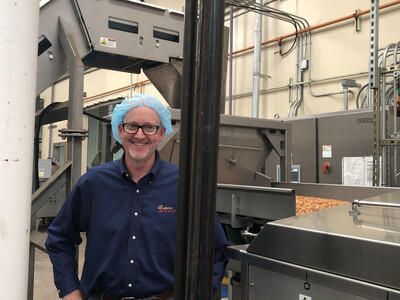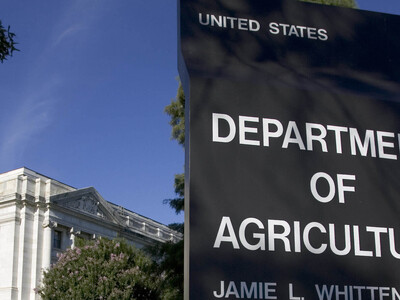Solving Food Waste
Solving the issue of food waste is complicated.A study by researchers at UC Davis says looking for a solution will be extremely difficult until we look at the problem on a macro level.
Ned Spang Assistant Professor of Food Science and Technology at UC Davis says he and his colleagues began with a framework of organizing what he says is all the incredible research on food waste that is beginning to pile up out there.
SPANG: “We need to understand not just the volume of food waste that’s in various communities around the world which is hard in and of itself. At the point at which it’s waste we’re not that great at measuring things. We’re great at measuring things when we’re selling them in a market place but once its waste we tend to not pay that much attention to it. So that’s challenge number one. To come up with solutions we don’t just need to know volume. We need to know what it is. We need to know why it ended up falling out of the food system. So what was the driver or the pressure? And then where is it currently heading? What’s its current disposal route? Because where it’s going and where you’d like it to go has big implications for the value of an intervention.”
Some estimates say we waste 30 million tons of food in the U.S. and 1.3 billion metric tons worldwide every year.That has huge economic, environmental and social costs.
Spang says there is an opportunity to save some money, perhaps make some money and reduce our environmental burden in the food system. But first the problem will need to be considered from larger cultural and structural factors.
Additional research focuses on pressure for ag producers to provide a consistent volume and product when growing and production conditions are rarely consistent

















